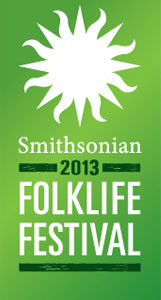I. Ad-hoc groups having a composition and number not determined by tradition, such as zither ensembles or groups using the techniques of rolling and oral bass and/or milk can drumming to accompany gypsy dancing.
| [Video not found] |
II. Permanent groups boasting a long-standing tradition, a uniform character across a broad geographic territory, a specific composition and number of players, and a unique group playing style, whose members are professional or semi-professional musicians.
1. Traditional ensembles that are not typically seen today: fiddle – bagpipe, clarinet – hurdy-gurdy, clarinet – drum.
| [Video not found] |
2. Ensembles of instruments from the same family, such as the nationally popular stringed ensembles (violin – three-stringed viola, or kontra – bass), or the tambura orchestras and brass bands seen in the southern parts of the country and along the Danube.
| [Video not found] | [Video not found] |
3. Ensembles of mixed composition (bowed strings and cimbalom; bowed and strummed strings; bowed strings, cimbalom, and wind instruments).
| [Video not found] | [Video not found] |
Additionally, ensembles may be composed of either of two different types of musician:
a. Gypsy ensembles. Traditionally, these consist of professional musicians who play whatever music is required of them by their employers. As gypsy ensembles may be hired by groups belonging to a wide variety of ethnic or social classes, they may be asked to play a similarly wide variety of repertoires and styles.
With such groups, the composition, too, varies in accordance with local needs (violin – percussion cello; violin – cimbalom; violin – three-stringed viola, or kontra; or violin – three-stringed viola – bass). The setup seen most frequently throughout Hungary is that of the “stringed orchestra,” often with an added cimbalom, and occasionally clarinet and cello, as well. Gypsy ensembles typically strive to react quickly to changing fashions and market expectations.
| [Video not found] | [Video not found] | [Video not found] | [Video not found] |
b. Peasant (or Hungarian) groups. These concert-type brass bands and stringed or stringed/cimbalom ensembles essentially imitate their gypsy counterparts. As their members are not professional musicians, they are less able to follow the dictates of fashion and therefore play in a more traditional, “peasant-like” style.
| [Video not found] |






